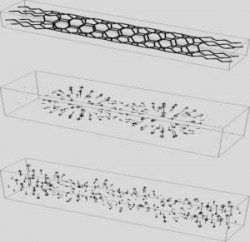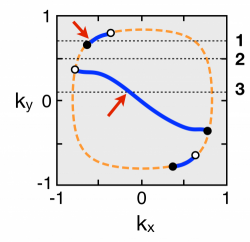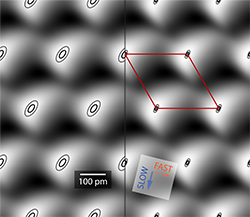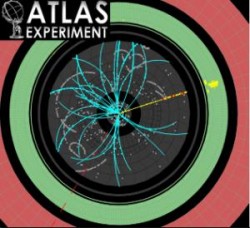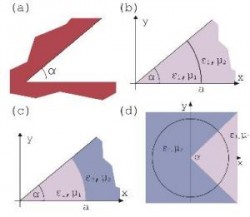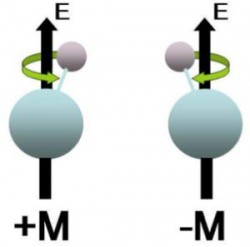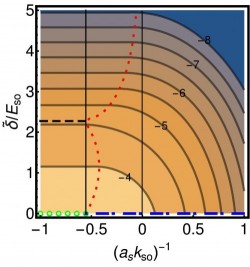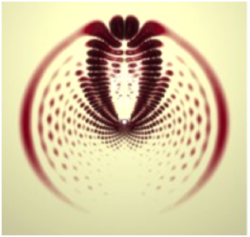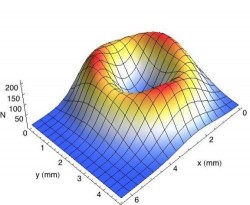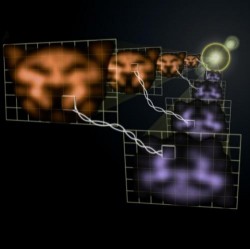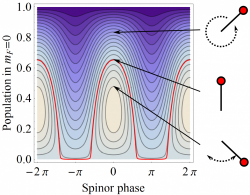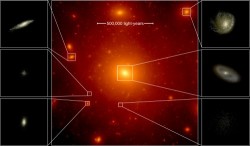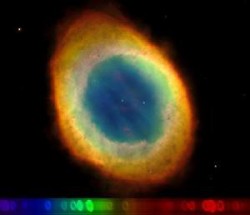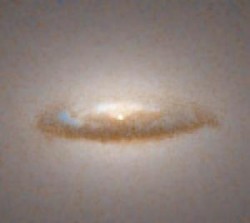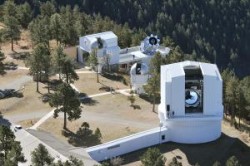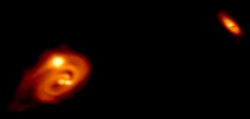Particle Physics
The High Energy Physics (HEP) group consists of four faculty members (Abbott, Guttierrez, Skubic, Strauss, and Stupak) who perform experimental research and five faculty members (Baer, Kantowski, Kao, Milton and Sinha) who perform theoretical research, as well as several postdoctoral research fellows, and other personnel supporting research including a research scientist, an IT specialist, and an engineer. 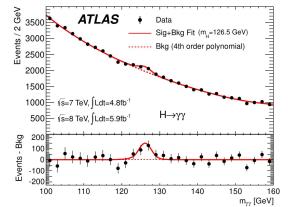
In 2020, the group hosted the International Particle Physics and Cosmology Conference (PPC).
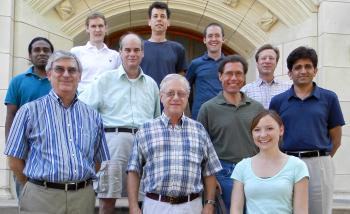 OU HEP Experimental group.
OU HEP Experimental group.
The goals of the experimental high energy physics group are to search for new physics and to explore the predictions of the Standard Model to unprecedented accuracy. In order to perform this research, we are involved in the DØ experiment at Fermilab (near Chicago) and the ATLAS experiment at the Large Hadron Collider (LHC) at CERN. While DØ continues to analyze data, the ATLAS detector, one of the premiere instruments for scientific discovery, is currently taking and analyzing data from the LHC. The LHC and ATLAS are expected to run for many years and should offer insights into the structure and origin of the universe for decades to come.
The DØ experiment analyzes data taken at the Fermilab Tevatron which was produced by the world’s highest energy proton antiproton collisions. This data is being used to study the strong (QCD) and electroweak interactions through the decays of the produced particles and through their measured angular distributions. Some of the recent results from the DØ experiment include the discovery of the top quark, a precision measurement of the W mass, and gluon radiation interference effects. For the next few years new physics discoveries will continue to emerge from data taken by DØ. The LHC is the highest energy proton-proton collider ever constructed. It is currently operating at a collision energy of 8 TeV and will eventually approach 14 TeV. These energetic collisions are probing some of the most fundamental questions in the universe. Our group is involved in measuring the properties of the newly discovered Higgs boson. Other questions regarding the origin of mass, the nature of dark matter in the universe, and the reason for the abundance of matter over anti-matter may be answered at the LHC. We will look for more fundamental structure within the quarks and leptons that make up our universe and probe fundamental questions about supersymmetry, string theory, and extra dimensions. Though definitive answers to these questions are far from certain, the energy and collision rate of the LHC should make it one of the most exciting scientific tools ever built by humans. Besides the direct physics research, we have also been involved in state-of-the-art detector development for the DØ and the ATLAS experiment. This program, which often uses our own facilities at OU, focuses on advanced silicon micro-strip detectors. The excellent position resolution of silicon allows identification of short-lived particles and allows us to measure their properties.
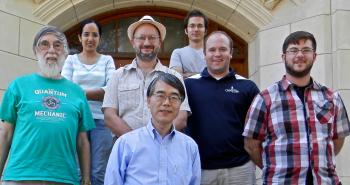 OU HEP Theory group
OU HEP Theory group
The OU HEP Theory group explores beyond-Standard Model physics, early Universe cosmology, and string phenomenology. Specific topics include: the physics of string moduli and axion-like-particles, notions of supersymmetric naturalness coming from the string landscape, phase transitions in the early Universe and their signals in gravitational wave detectors, and collider phenomenology of the Higgs sector. We also study models of dark matter.
The theoretical group is studying perturbative and nonperturbative aspects of quantum field theory (QFT) and gauge theories. A major focus of our HEP theory group is at the theory/experiment interface, called phenomenology. Theorists are investigating QCD, the electroweak theory, and prospects for the detection of Higgs bosons at colliding beam machines such as the LHC and the future International Linear Collider. We are also active in exploring physics ideas that go beyond the Standard Model, such as grand unified theories, supersymmetry, string theory and the possibility of extra spacetime dimensions. Theorists in our group have been pioneers in calculating production and decay rates for new superparticle matter states at the LHC and other colliders. We also examine ideas at the particle physics/cosmology interface, especially issues such as dark matter candidate particles and their production in the early universe, and dark matter detection at underground or space-based facilities. QFT is the basic framework for the description of particle physics, as well as for many other areas of physics. The calculations required today to solve field theories cannot be done by considering relatively small corrections (perturbations) to non-interacting theories of quarks and gluons, for example. In particular, non-perturbative methods are essential to understand the phenomena of strong interactions. Thus new mathematical methods are required, some of which are being developed in our group. In addition to developing new types of perturbative expansions and approximation methods, as well as studying new types of quantum field theories, analytical calculations are being applied to a number of important particle physics topics: quantum chromodynamics, quantum electrodynamics, magnetic monopole physics, and the Casimir effect (vacuum fluctuations).
Another major area of focus of the theory group is early Universe cosmology and the physics of dark matter. Members study the effect of string moduli and phase transitions on the early thermal history of the Universe. Members also study various dark matter candidates, including axions and WIMPs, and strategies for their detection.
 Andre Lessa One of our recent graduates, Andre Lessa, won the APS Sakurai prize for outstanding dissertation in theoretical particle physics, see the APS article.
Andre Lessa One of our recent graduates, Andre Lessa, won the APS Sakurai prize for outstanding dissertation in theoretical particle physics, see the APS article.

